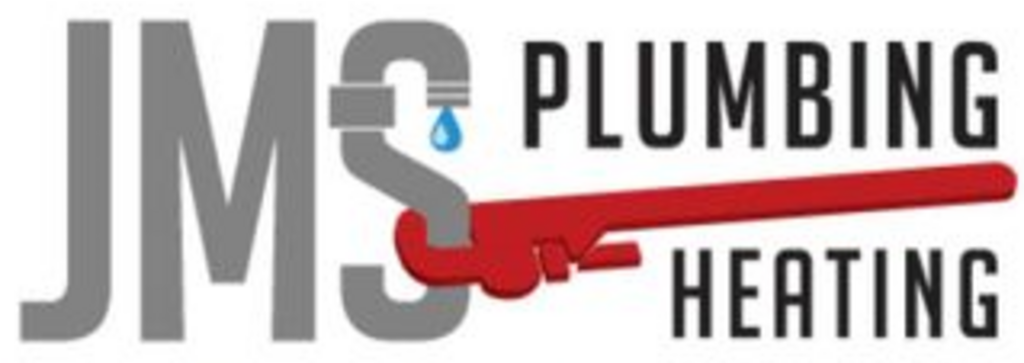A sink is a necessary element in any home, having both functional and cosmetic purposes.
A well-maintained sink, whether in the kitchen or bathroom, adds to the space’s overall efficiency and style. However, sinks can wear out, leak, or become obsolete with time, demanding a replacement. In this post, we’ll look at the primary symptoms that your sink needs to be replaced, as well as the consequences of putting off important repairs or replacements.
Signs that it is time to replace your sink
- Persistent leaks leaking sinks is more than just an annoyance; it may waste a lot of water and cause structural damage. If you’ve made several fixes and still have leaks, it may be time to consider a full replacement.
- Cracks or chips? Sinks, particularly those made of ceramic or porcelain, can chip and crack with time. Not only are these ugly, but they can also harbor bacteria, making your sink unsanitary.
- Rust and corrosion. Metal sinks, particularly stainless steel and cast iron, can corrode with time. If you detect rust accumulating around the drain or edges, it is a clear indication that your sink is failing and needs to be replaced.
- Stains & DiscolorationHard water, soap scum, and normal wear can all produce permanent staining and discoloration. A stained sink may make the entire bathroom or kitchen appear old and filthy.
- Poor drainageIf your sink continuously drains slowly despite attempts to clear obstructions, the issue may be deeper in the system. A broken or incorrectly built sink basin might cause drainage problems, necessitating a replacement.
Outdated DesignSometimes a sink replacement is required solely for aesthetic reasons. If your sink is old and does not complement your remodeling plans, updating to a modern design might improve the overall appearance and value of your property.
The Risks of Postponing Sink Repairs or Replacement
Water damage.
- A leaking or damaged sink can cause water damage to cabinets, walls, and flooring. Prolonged exposure to moisture can lead to decay, mold growth, and structural instability in your home.
Mold and mildew growth
- Mold thrives in moist areas, and a leaking sink creates ideal circumstances for mold and mildew to grow. Mold can cause allergies, respiratory problems, and skin irritation.
Increased water bills.
- A sink with chronic leaks can waste a large quantity of water, resulting in excessively high water bills. Replacing a faulty sink with a new, water-efficient model can result in long-term savings.
Health and Sanitation Issues
- A cracked or broken sink can harbor bacteria and germs in difficult-to-clean crevices. This can create unhygienic circumstances, particularly in the kitchen where food is prepared.
Decreased Home Value
- If you intend to sell your house, an old, damaged, or obsolete sink might be a huge deterrent to potential buyers. Upgrading your sink increases both functionality and the resale value of your home.
Choosing the Right Sink for Your Home.
- When it’s time for a replacement, selecting the appropriate sink is critical. Consider the following factors:
- Material: Popular materials include stainless steel, porcelain, granite composite, and fireclay.
- Mounting Style: Undermount, drop-in, and vessel sinks all have unique looks and capabilities.
- Size and Depth: Select a sink that fits your space and functional requirements.
- Faucet compatibility: Make sure the new sink is compatible with your current or desired faucet setup.
Ignoring the indicators of a faulty sink might result in pricey repairs and health problems. Recognizing when it’s time for a replacement and investing in a professional sink installation can improve your home’s safety, practicality, and aesthetic appeal. If you’re thinking about installing a new sink, contact a professional to guarantee the project is done correctly and effectively.



